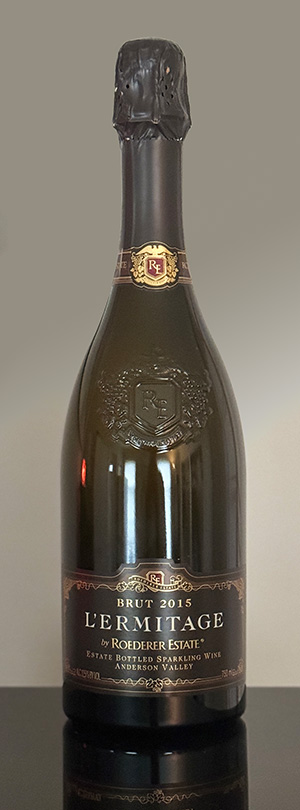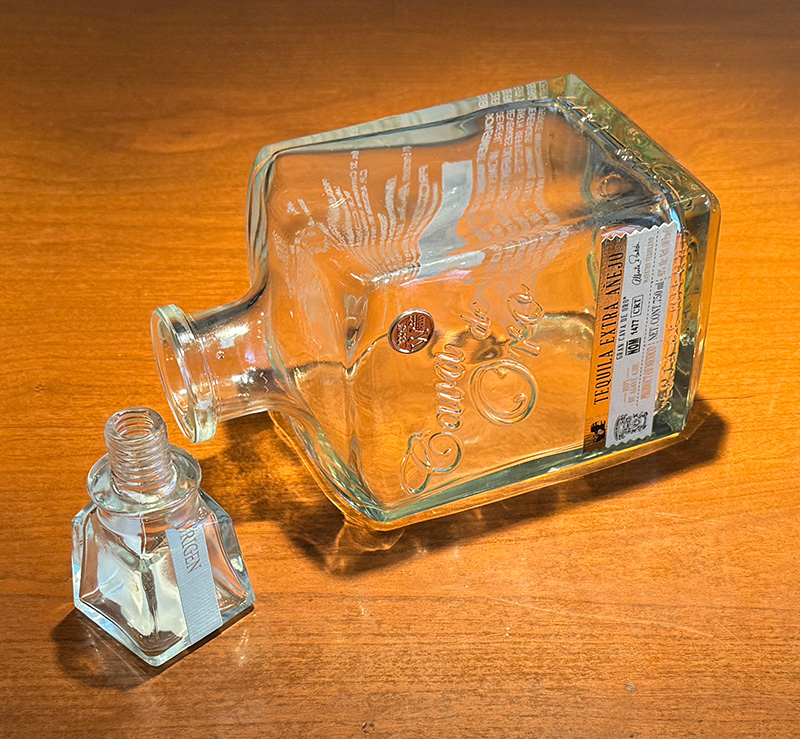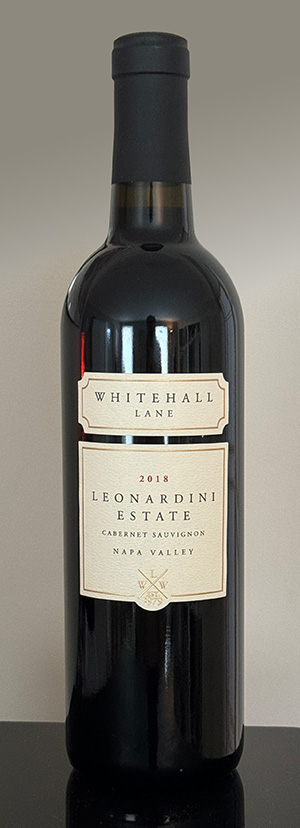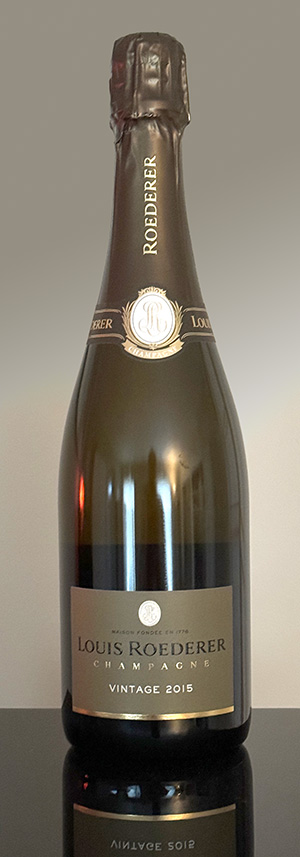Note: This isn’t really a blog post, but rather a long-form essay.
TABLE OF CONTENTS
Spanish Colonization
The Spanish Mission System
The Establishment of Missions throughout California
Fray Juniper Serra and His Missions
The Exploitation of Native Americans
Southern and Central California As The First Wine Region
Missions Founded in San Luis Obispo County
Los Angeles as a Wine Making Center
The Gold Rush and the movement of Wine Production North
Sonoma Valley Pioneers
Napa Valley Pioneers
Exporting California Wine in the Formative Years of Napa Valley
The Early Twentieth Century
The California Wine Association
The Scourge of Prohibition
Highlights of the Modern California Wine Industry
Father of the Modern Era: Andre Tchelistcheff
The Emergence of Single Vineyard Wines
The Judgment of Paris
The Mondavi Family
The Elephant in the Room: Robert Parker
The Amazing 1990s
California Cult Wines
Jean Phillips and Screaming Eagle
Bill Harlan
David Abreu
Andy Beckstoffer
Helen Turley
Contemporary Grapes and Wines
California Wine Regions
American Viticultural Areas
The North Coast
Napa Valley
Sonoma Valley
The Central Coast
A Renaissance in Southern California
The Temecula Valley
Notable Ethic Groups
Native Americans and Mexican-Californios
Chinese-Americans
Italian-Americans
Mexican-Americans
Challenges and Opportunities in the California Wine Industry


 You could spend $100 on this incredibly sweet tequila. Or, you could buy a bottle of agave syrup for $5 and a mid-range Blanco tequila for $20, mix them, and get basically the same result. I got through the bottle by making Millionaire’s Margaritas, which were actually pretty tasty.
You could spend $100 on this incredibly sweet tequila. Or, you could buy a bottle of agave syrup for $5 and a mid-range Blanco tequila for $20, mix them, and get basically the same result. I got through the bottle by making Millionaire’s Margaritas, which were actually pretty tasty.



